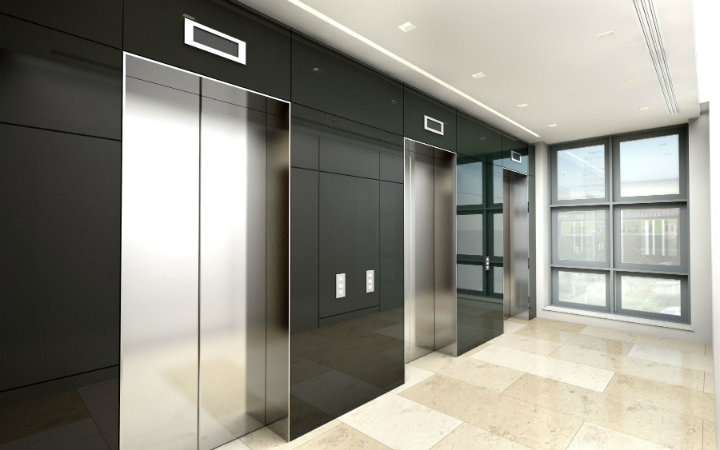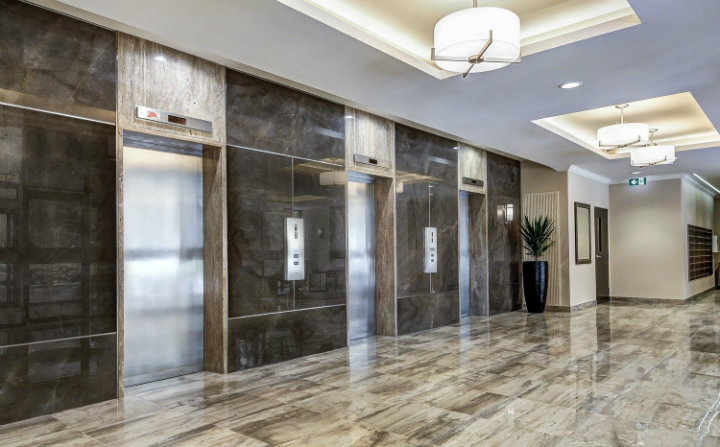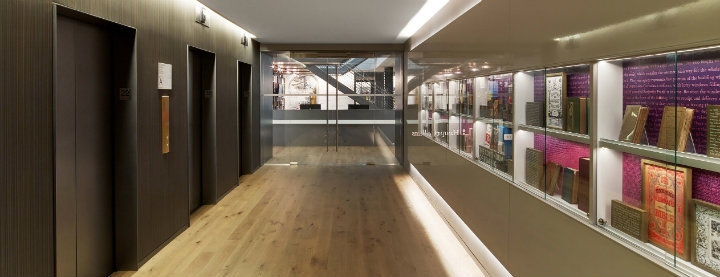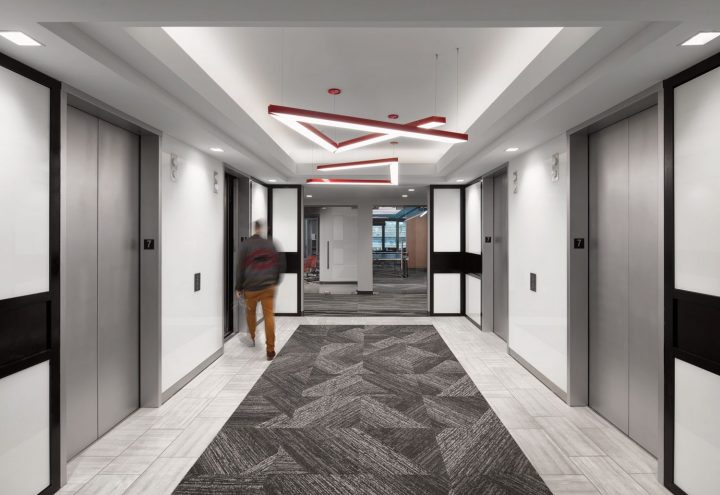If your commercial facility has a few floors, and transporting goods and items between floors is key to the efficiency of your operations, you should consider getting a commercial elevator. Contrary to popular belief, installing an elevator isn’t as expensive as you’d think, and it’s a justifiable investment in the long term. However, it’s true that a lot of planning and consideration should go into selecting and installing even a small commercial elevator. There are many important things to keep in mind, including cost, required space and the type of commercial lift that’s ideal for your particular application.

Whether you operate an office building, a multi-level mall or anything in between, you must have a small commercial elevator at least for mobility-impaired people. However, most businesses are looking for multi-functional lifts that can serve for a wider range of purposes, like passenger elevators, which are ideal for transporting not only people but also bulky objects. Some passenger elevators come with a range of features like music, TVs, and advertisements that you can take advantage of for marketing or entertainment purposes.
A commercial elevator can be useful in a wide range of applications in a business setting, moving groups, and objects of all sizes. With that said, commercial elevators come in a range of sizes, from dumbwaiter to freight elevators. Businesses that need to transport small objects as part of their business operation can take advantage of a small commercial elevator like the dumbwaiter. On the other hand, businesses that need to transport a lot of people or heavy loads that are also transported with the help of heavy machinery like forklifts can take advantage of large commercial elevators like freight elevators. The first detail to consider when shopping around for a big or small commercial elevator is the shaft dimensions. Generally, the elevator installation company will help you determine the most suitable dimensions for your facility.

There are three popular types of elevator types: in-ground, standard and holeless elevators. In-ground elevators require a PVC liner between the cylinder and soil, and the installation will include drilling a deep hole for the hydraulic jack. These elevators can be fast and travel up to 100 meters per minute. Standard elevators must have their shaft in a pit with a depth of at least 2-3 meters, and a ceiling height of at least 3.5 to 4 meters. These elevators are usually capable of carrying anywhere between 1-3 tonnes. And holeless elevators have similar dimensions and capacity to standard elevators, and they require a pit depth of at least 2 meters. Holeless elevators are generally restricted to 2-to-4-stop applications.

Commercial elevators need to offer convenience to the people using them, but they should also provide accessibility – one of the major concerns for many businesses. The elevators need to meet DDA standards, allowing people of all abilities to access all parts of the building with the help of the elevators. The DDA stands for Disability Discrimination Act, which defines the guidelines for making commercial buildings and elevators accessible for people with disabilities. Accessible premises are important to your business because they help create an inclusive culture and make sure that no patrons are turned away because of limited access. They can also help you avoid hefty fines that can stem from the failure to meet DDA standards.

Some businesses that already have elevators can opt to have them modernized or repaired. Modernising an elevator consists of performing modifications to the older elevator to ensure it meets modern building codes. This helps make sure the elevator is as safe for use as possible. As new safety measures are developed and as your elevator ages, it will start deteriorating and become out of date. Modernizing an elevator can include performing emergency support updates, updating the brake system and other modifications that can improve the elevator’s function or safety. Every elevator needs to comply with building codes in order to be used legally and for the safety of its passengers. Factors like elevator shaft dimensions and elevator size also need to meet safety standards.

Another important aspect to consider is updating the elevator to meet DDA standards. These standards typically involve ample car sizes and easily accessible placement of operational mechanisms to accommodate wheelchair users. Some other specifications may include slip-resistant flooring, Braille markings, and audio cues. Talk to a few elevator manufacturing, installation and servicing companies and see what solutions they offer. Speaking of servicing, you’ll need to consider the cost of maintenance. On average, professional maintenance will cost you about $300 a year, and the cost of necessary repairs will add to this number. However, performing frequent maintenance and servicing can help avoid larger repair bills and safety issues as well. That being said, when deciding on what elevator installation company to go for, you need to make sure you go with one that has a reputation and experience in the industry, and offers impeccable customer service before, during and after installation.